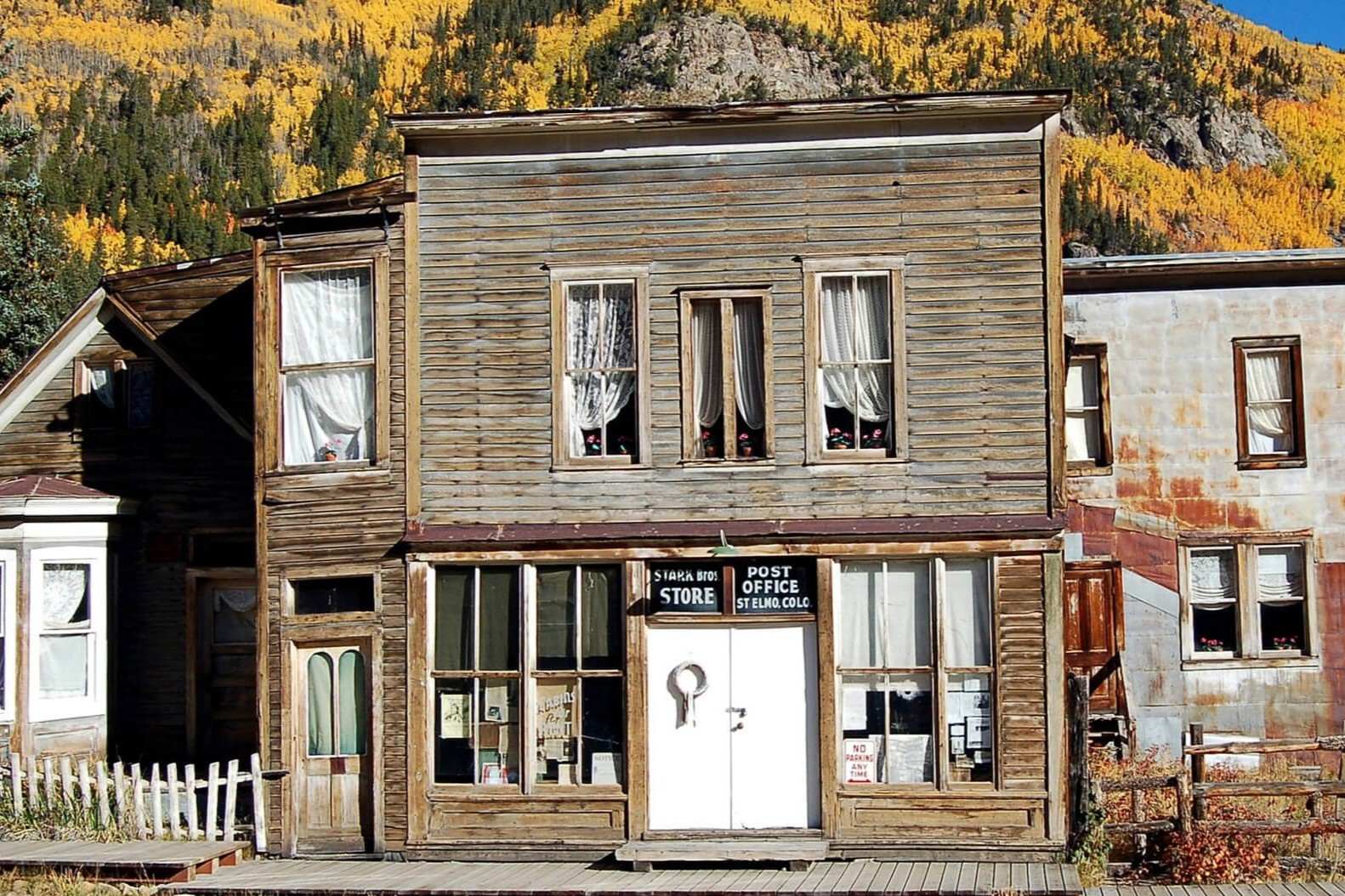Secrets Of Massachusetts’s Colonial Ghost Towns

Ever wondered what happened to the colonial ghost towns of Massachusetts? These eerie, abandoned places hold stories of the past, waiting to be uncovered. From bustling settlements to deserted ruins, each town has its own unique history. Some were abandoned due to economic hardships, while others fell victim to natural disasters or shifting trade routes. Walking through these ghost towns feels like stepping back in time, offering a glimpse into the lives of early settlers. Whether you're a history buff or just love a good mystery, exploring these forgotten places can be both educational and thrilling. Ready to learn more about these hidden gems? Let's dive into the secrets of Massachusetts's colonial ghost towns.
Secrets of Massachusetts's Colonial Ghost Towns
Massachusetts, rich in history, holds many secrets. Among them are colonial ghost towns, remnants of a bygone era. These places, once bustling with life, now stand silent, waiting for curious explorers. Let's uncover some of these hidden gems.
1. Dogtown
Dogtown, located on Cape Ann, is a fascinating ghost town. Settled in 1693, it thrived until the early 1800s. Abandoned due to economic decline, it now offers eerie stone foundations and mysterious boulders with inscriptions.
Why Visit:
- Historical Ruins: Explore the remnants of old homes.
- Nature Trails: Enjoy scenic hikes through the woods.
- Mystery: Discover the boulders with cryptic messages.
2. Dana
Dana, once part of the Quabbin Reservoir area, was disincorporated in 1938. Flooded to create the reservoir, its remains lie underwater. However, some structures still peek above the surface, offering a glimpse into the past.
Why Visit:
- Underwater Ruins: See the submerged remnants of a town.
- Quabbin Reservoir: Enjoy the beautiful surroundings.
- History: Learn about the creation of the reservoir.
3. Prescott
Prescott, another town sacrificed for the Quabbin Reservoir, was disincorporated in 1938. Though mostly underwater, some parts remain accessible. The Prescott Peninsula offers a unique blend of history and nature.
Why Visit:
- Prescott Peninsula: Explore the preserved land.
- Wildlife: Spot diverse animals in their natural habitat.
- Historical Significance: Understand the impact of the reservoir.
4. Greenwich
Greenwich, also lost to the Quabbin Reservoir, was once a thriving community. Disincorporated in 1938, its remains now lie beneath the water. However, some structures still stand, offering a haunting reminder of the past.
Why Visit:
- Submerged Town: Witness the remnants of a lost community.
- Scenic Views: Enjoy the picturesque landscape.
- Historical Insight: Learn about the town's history.
5. Enfield
Enfield, another casualty of the Quabbin Reservoir, was disincorporated in 1938. Its remains lie underwater, but some structures can still be seen. The area offers a unique blend of history and natural beauty.
Why Visit:
- Underwater Ruins: Discover the submerged town.
- Quabbin Park: Enjoy the park's scenic beauty.
- Historical Context: Understand the town's significance.
6. Rutland Prison Camp
Rutland Prison Camp, established in 1903, was abandoned in the 1930s. Located in Rutland State Park, it now stands as a ghostly reminder of its past. The ruins of the camp offer a fascinating glimpse into history.
Why Visit:
- Prison Ruins: Explore the remains of the camp.
- State Park: Enjoy the park's natural beauty.
- Historical Interest: Learn about the camp's history.
7. Long Point
Long Point, located on Cape Cod, was once a thriving fishing village. Abandoned in the mid-1800s, its remains now lie in the sand. The area offers a unique blend of history and coastal beauty.
Why Visit:
- Sandy Ruins: Discover the remnants of the village.
- Cape Cod: Enjoy the stunning coastal views.
- Historical Significance: Learn about the village's past.
8. Catamount
Catamount, located in Colrain, was settled in the 1700s. Abandoned in the early 1900s, its remains now lie hidden in the woods. The area offers a peaceful retreat with a touch of history.
Why Visit:
- Woodland Ruins: Explore the hidden remnants.
- Nature Trails: Enjoy serene hikes through the forest.
- Historical Insight: Learn about the town's history.
9. Monson Center
Monson Center, settled in the 1700s, was abandoned in the early 1900s. Located in Hollis, its remains now lie in a state forest. The area offers a unique blend of history and natural beauty.
Why Visit:
- Forest Ruins: Discover the remnants of the town.
- State Forest: Enjoy the scenic trails.
- Historical Context: Learn about the town's past.
10. Dana Common
Dana Common, once the center of Dana, now lies abandoned. Located in the Quabbin Reservoir area, its remains offer a haunting glimpse into the past. The area is a fascinating blend of history and nature.
Why Visit:
- Historical Ruins: Explore the remnants of the common.
- Scenic Views: Enjoy the picturesque landscape.
- Historical Insight: Learn about the common's significance.
Discovering the Past in Massachusetts's Ghost Towns
Exploring Massachusetts's colonial ghost towns offers a unique glimpse into the past. These abandoned places tell stories of early settlers, their struggles, and their way of life. Walking through these towns, you can almost hear the echoes of history. From the eerie silence of Dogtown to the hidden ruins of Dana, each site has its own tale. Visiting these ghost towns isn't just about seeing old buildings; it's about connecting with history. Whether you're a history buff or just curious, these towns provide a fascinating journey back in time. So next time you're in Massachusetts, take a detour to one of these ghost towns. You'll leave with a deeper appreciation for the state's rich history and maybe even a few ghost stories to share.

